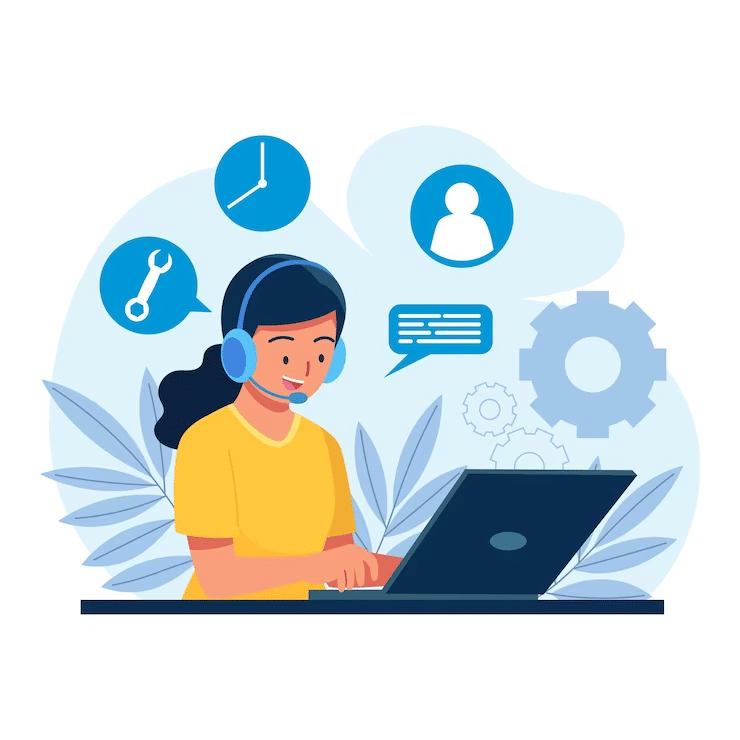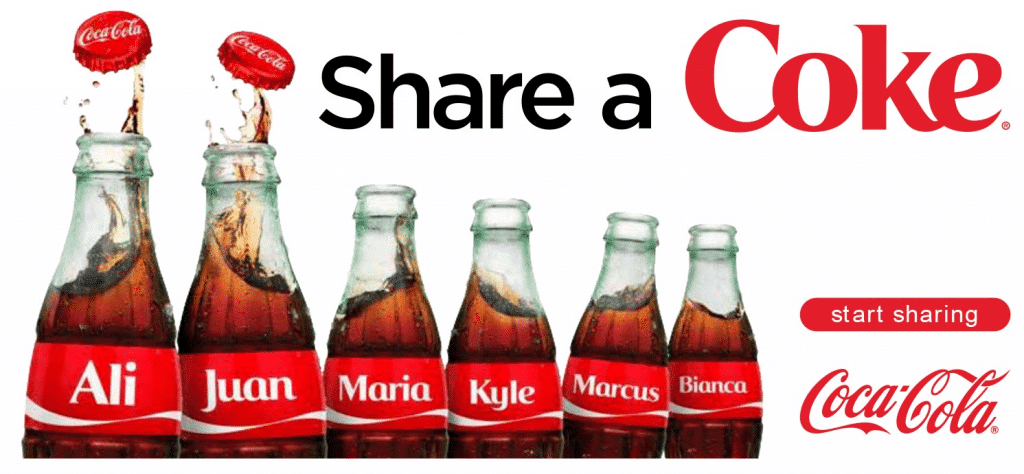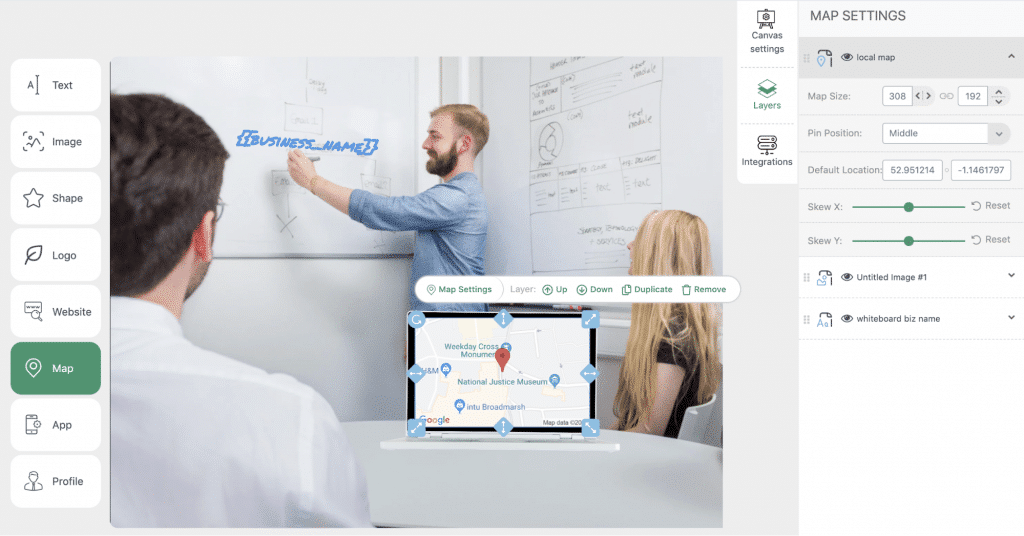
Delivering personalized customer service can significantly enhance brand loyalty and boost customer retention.
In fact, 69% of consumers prefer personalized experiences when they interact with a brand. This means a personalized customer service strategy is crucial if you want to meet their needs.
Personalization is evident across various platforms, from social media feeds to your recommended videos on YouTube, and even in the emails that land in your inbox.
Your experience on these platforms has been tailored to your interests, and this is exactly the type of personalization your brand should deliver through customer support.
In this article, we’ll cover some strategies that can help you deliver personalized customer service to your users. These strategies will also help you build customer loyalty and trust.
What Is Personalized Customer Service?
Top Strategies for Personalized Customer Service
- Use your customers’ names
- Know their history
- Collect data and use segmentation
- Send them personalized messages
- Reward loyal customers
- Personalize your website
- Humanize your brand
Personalize Your Customer Service with Hyperise
What Is Personalized Customer Service?
Personalized customer service uses individual customer data to provide a unique experience, tailored to their needs and preferences.
Examples of this data could include your customer’s name, their history of interactions with your brand, their demographics, and their purchasing behavior.
If you use this data to drive customer service personalization, your customers will feel more valued. You’re showing them that you’re willing to go the extra mile for them. This helps with customer retention and satisfaction.
Many studies have shown how much customers care about customer service and personalization. More than 80% of people are prepared to pay more to enjoy personalized customer service experience.
Additionally, almost 90% of companies find that customer experience is their main field of competition in their industry.
That shows that investing in a good personalized customer service strategy is not just a wise decision for your business, but it’s also essential to remain competitive.
Top Strategies for Personalized Customer Service
Here are some ways you can provide personalized customer service experiences to those who support your brand:
1. Use your customers’ names
Using a customer’s name in your customer service interactions is a simple yet effective personalization tactic.
One study found that people like their names. Participants in this study were presented with a story. When the main character in the story had a name similar to theirs, they reported a greater liking for them.
A good example of this is Coca-Cola’s global campaign that was popular a few years ago:

People like the idea of having a more personal connection with a brand.
Using a customer’s name, even in the simplest interactions, creates a sense of personal appreciation, as opposed to making them feel like a ticket number.
Ensure that you use your customer’s name in any support communication you have with them.
2. Know their support history
Imagine this scenario: your laptop is broken and have a call with a customer service agent who guides you through troubleshooting.
After a month or two, you have the same problem, but the previous solution doesn’t help this time.
You call customer service again and speak to a new agent. However, this agent doesn’t seem to know anything about your previous problem, so they start guiding you through all the same steps.

You now lose 20 minutes of your time trying to explain what the issue was the last time and how you solved it. This causes the customer to feel frustrated and undervalued by the brand.
The lesson here is that not keeping a record of your customer interactions is one of the worst things you can do to maintain a positive brand perception.
Invest in good customer relationship management (CRM) software that can help your customer service reps keep track of previous customer issues.
So whenever a customer contacts your support team, they’ll have all their previous interactions with your brand on hand to provide a more personalized and efficient experience.
3. Collect data and use segmentation
If you want to personalize anything for your customers, you must know your audience inside and out. There are different ways to collect data from your customers.
You can conduct opinion polls to gather customer feedback. This may help you to identify key trends and possible issues in your current process.
Similarly, you can track customer engagement on social media to see your customers’ sentiments about your brand. You can also use social listening tools, such as BuzzSumo, to do this.
Tracking your website and social media analytics are great ways to learn more about your audience.
For example, your Facebook and Instagram pages have a lot of data on your followers, including their location (country and city), age, and sex.
These metrics will also show you which demographic interacts most with your brand online.
Here’s the data that Facebook provides on your followers:

In this case, it’s clear that nearly half of the page’s followers consist of men and women aged 35 to 44.
This customer data can help you segment your target audience, which is a crucial step in personalization.
Segmenting your audience means grouping people by different factors and demographics. You can group people by:
Age
You wouldn’t communicate with teenagers the same way as you would with older clients, for example. One of these groups could be highly familiar with your products, and the other might not be.
This is why segmentation is important. You can use customer data to segment your audiences and provide tailored customer service to each group.
Education and income
Many marketing platforms will allow you to collect customer data on income and education level.
Your communication strategy may need to be tailored according to the educational background of your audience.
Purchase history
Is this a valuable customer that spends thousands of dollars annually on your products? If so, they require a different support approach to a one-time customer.
4. Send them personalized messages
Personalized customer interactions can happen anywhere. On social media, via phone calls, and even in emails.
It’s a good idea to engage with your users occasionally to let them know how valuable they are to you and your brand. You can do this by sending them personalized emails, for example.
By collecting valuable information about your customers, you can leverage this to provide personalized customer service.
With Hyperise, you can take personalization to the next level and even include personalized images in your emails. Here is an example of an image you could use:

By personalizing the image with your user’s name, you can quickly grab their attention.
Additionally, offering people customized discounts based on their purchase histories, combined with a personalized image, can yield great results. It can also increase your click-through rates by up to 14 times more than before.
If you run a location-specific business, you can take personalization even further and include your customer’s location in your email.
Let’s say you’re opening a new store nearby, you can send your customers an email with an image like this:

Their location would be pinned in the middle, delivering personalized customer service and showing that you care about them on an individual level.
This is just the beginning. You can personalize your customer service interactions in many ways.
Sign up for a free trial of Hyperise now and learn how you can impress your customers with great personalized customer service.
5. Reward loyal customers
Another great way to impress your customers is to reward them for loyalty.
If a user likes your brand and buys your products regularly, showing them some appreciation can go a long way.
You can track their purchase habits and use customer histories to identify these customers.
If a customer spends a certain amount per year, you can give them a 20% discount or a free product with their next purchase.
Customizing an exquisite and practical small gift for customers can also increase their favorability. For instance, selecting high-quality items like tumblers and water bottles that have passed a leak resilience test demonstrates your brand’s dedication to providing durable and reliable products.
Such as Custom Cufflinks. Customize the customer’s name or other information related to them on the cufflinks, and they will be particularly surprised and moved. Because this will be a unique gift.
Another unique option is custom Canvas Picture Prints. This creates a beautiful, personalized piece of art that makes for a memorable and cherished gift.
Combine this with a personalized thank you message, and you’ll have a satisfied, loyal customer that feels valued.
Rewarding repeat customers and providing them with personalized customer service interactions can help you beat your competition.
6. Personalize your website
One of the most important interactions that customers have with your brand is their experience when using your website. This is another touch point that you can personalize.
For example, Netflix personalizes all your content, so your Netflix home page is very different from the next person.
The same goes for YouTube and even Amazon, which display products based on your shopping and search histories:

You can take this one step further and personalize your website so that users get to enjoy dynamic images, text, and calls to action (CTAs) that are tailored to them specifically.
Personalizing this aspect of the customer journey can create a better experience for them, including how they interact with your customer support team.
Hyperise works with all the most popular website-building tools, like WordPress, Wix, and Shopify, to help you personalize your website.
7. Humanize your brand
Humanizing your brand is a key strategy that can significantly strengthen relationships with existing customers through personalized customer support.
When you communicate with your customers on a support level, whether this be through email, chat, or via a phone call, it’s important to humanize your brand through personalization.
Here’s how you can get this right:
Use names and profile pictures
If your website or app allows it, ensure all your customer service agents have their names and profile pictures displayed. This will make your clients feel like they’re talking to a human being rather than a brand.
Use plain language
Most brands can benefit from keeping their messaging more informal. A personalized customer experience should include language that is easy to understand while still showcasing your brand’s unique personality.
Practice caution when using language that is highly professional and formal, as this may deter customers from interacting with your customer service team.
Use emojis
Unless the issue is serious and the customer is visibly dissatisfied, encourage your customer service agents to use emojis in their emails and messages.
Emojis can do a lot for the overall tone of the conversation, and they help keep things light and friendly.
Personalize Your Customer Service with Hyperise
Personalizing your customer service experience can help drive loyalty and even turn your patrons into repeat customers.
Delivering a personalized experience relies largely on the data you have for an individual customer. For this reason, it’s important to invest in tools that provide you with metrics so that you can understand and segment your customers.
If you want to skyrocket your personalized customer service, try out the Hyperise editor. Our tool allows you to easily personalize text, GIFs, images, videos, and CTAs.
This helps you create a great customer experience with your brand, giving them personalized support.
Sign up for a free trial to experience just how effective personalization can be with Hyperise.
Last Updated on April 24, 2024 by Ash
